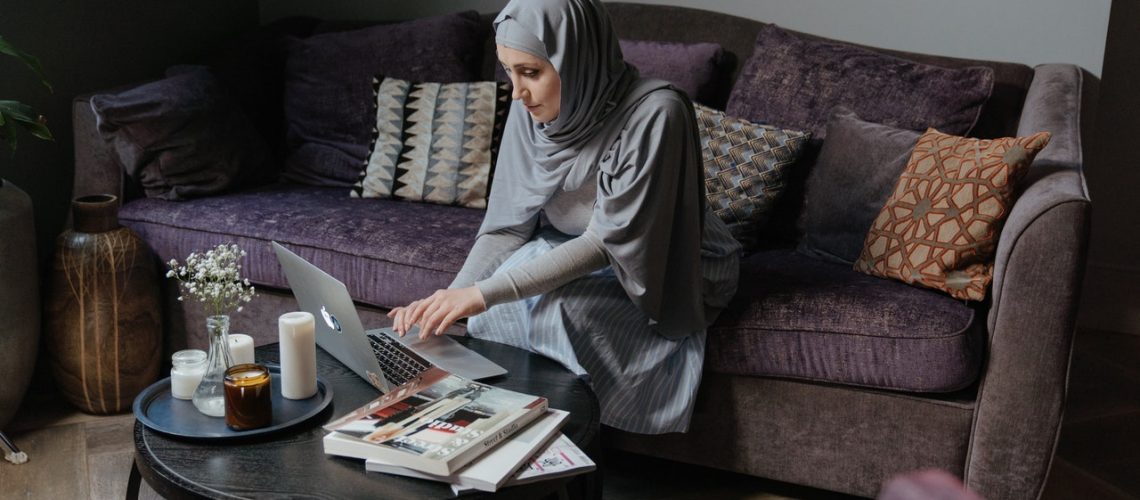In the months since the pandemic tossed the world into upheaval, people have gotten more or less used to spending more time at home. And it hasn’t been easy for many who now work remotely.
By default, the home environment isn’t conducive to focus or efficiency. We tend to be surrounded by distractions and opportunities to relax instead of concentrating on tasks.
The easy solution is to make changes to the environment itself. Lacking the structure and separation that a traditional office provides, a dedicated home office space is established, with corresponding boundaries.
Missing the natural light and greenery that employers invest in through commercial landscaping? You can set up to work on the porch or balcony in reasonable comfort and enjoy a pretty good view of the outdoors.
But is a better home office all that’s needed to adapt? With remote work seemingly established now and in the future, leaders may need to rethink their tactics to manage remote teams’ productivity and well-being.
The impact of office design
On an intuitive level, we know that environment makes a difference when you’re trying to be productive. A distraction-filled environment results in constant interruptions. Staying focused in such a scenario drains your energy, and getting back on track after a disruption takes a lot of time.
Employers know this, and many modern workspaces have been designed to help drive performance and, ultimately, the bottom line. Leveraging factors such as layout, lighting, noise, temperature, ventilation, and ergonomics can aid in this regard.
Yet an extensive review of research in this area actually shows a marginal impact from such improvements. Several studies showed that lighting, for instance, had a weighted impact of 1.1% on productivity. The biggest improvement tends to come from spatial arrangement, at 3.5%.

Diminishing returns
Of course, even a 1% improvement can represent good ROI for a business when you consider the benefits over time accrued across the entire workforce.
But for an individual employee, that number could easily represent diminishing returns. Just how far is their employer willing to cover expenses related to home office upgrades? Making more improvements might cost the remote worker out of pocket while translating to marginal benefits in terms of performance.
This ties back to far older research done in the 1950s by Frederick Herzberg, who developed the motivator-hygiene theory. According to Herzberg, job satisfaction is driven primarily by motivating factors, or “job satisfiers,” while job dissatisfaction is offset by hygiene factors, or “job dissatisfiers.”
Working conditions fall into the latter category, which explains the effect of diminishing returns. The opposite of job dissatisfaction is not satisfaction but neutrality. Improving hygiene factors for your remote employees will, at best, get them to perform adequately instead of suffering adverse effects.
A focus on job satisfiers
If you want to get more than adequate performance from a remote team, the long-term approach should be centered on improving job satisfiers instead. These motivating factors include well-known drivers such as achievement and recognition, the opportunity to advance and develop and take on greater responsibility.
A common concern among remote workers is that the lack of face-to-face interaction prevents deeper, trusting professional relationships. It can prove a stumbling block to anyone’s professional growth. Communication, in general, is difficult using online tools. In turn, that makes rewarding or praising people somewhat harder.
There won’t be any set template for addressing such issues. But every organization would do well to seek to answer them now. Remote work isn’t going anywhere, and even with a return to normal, teams may fall into a hybrid arrangement. Keep focused on those motivating factors to drive performance.

